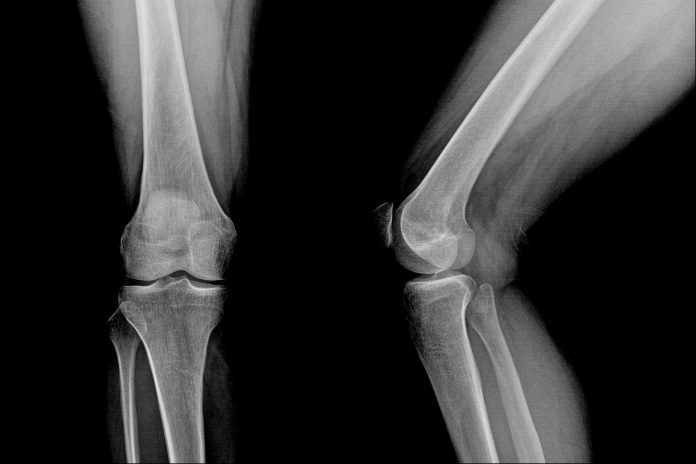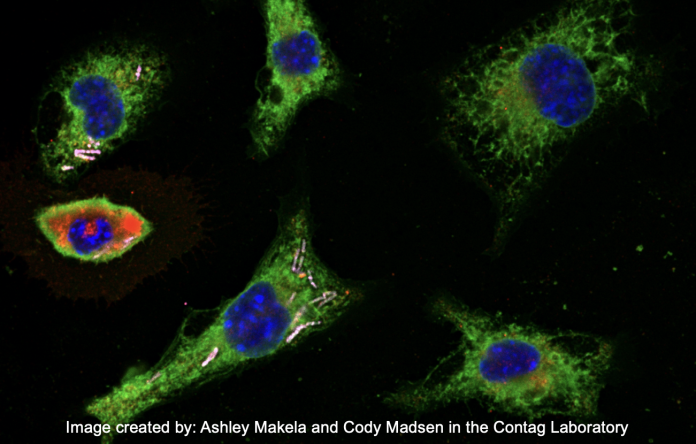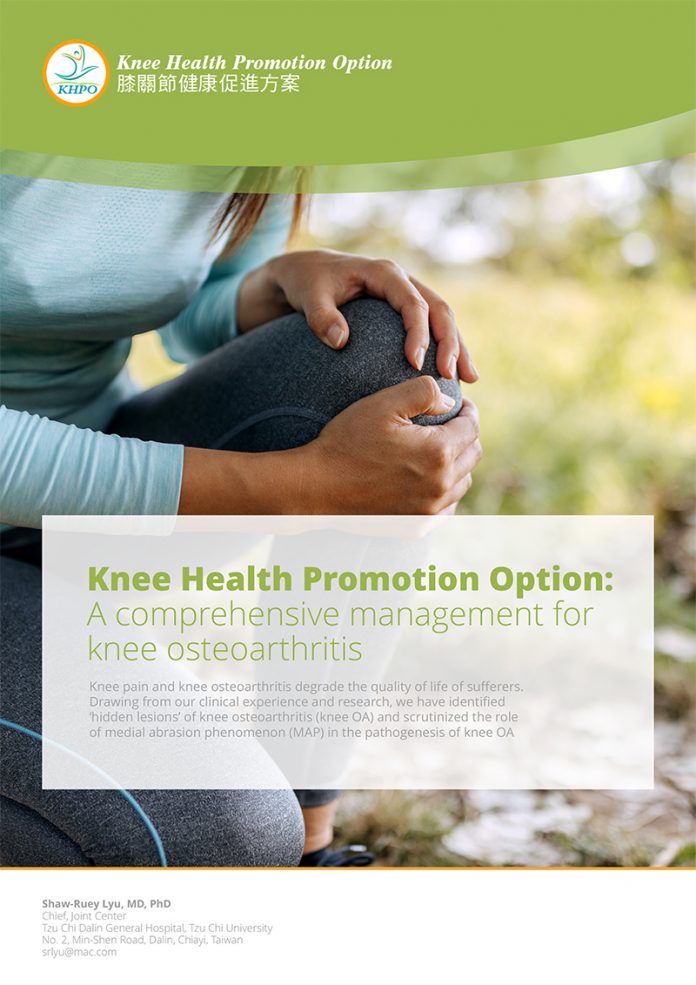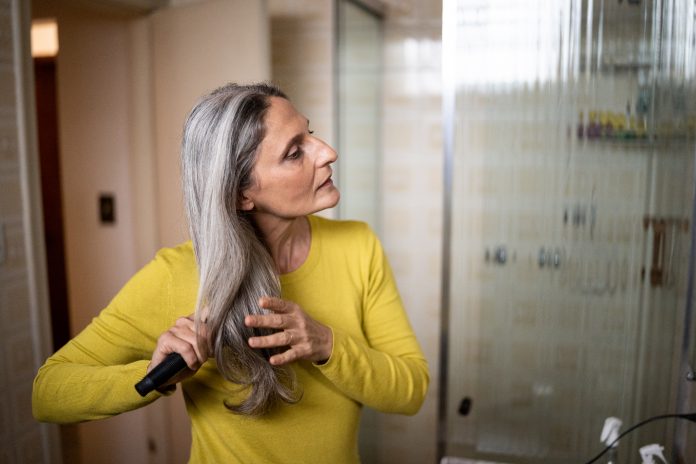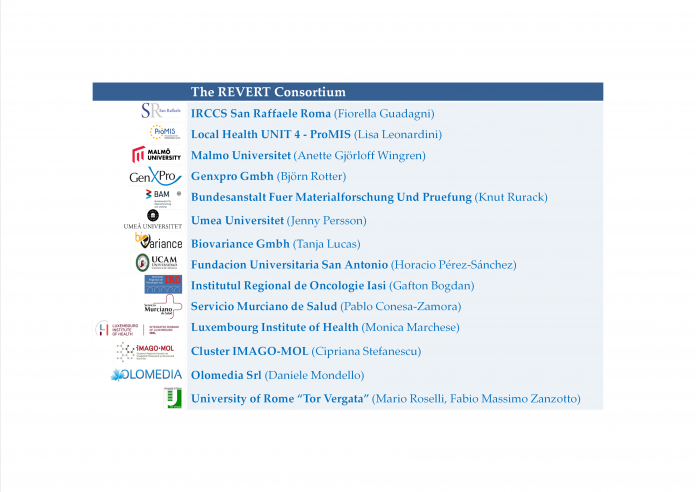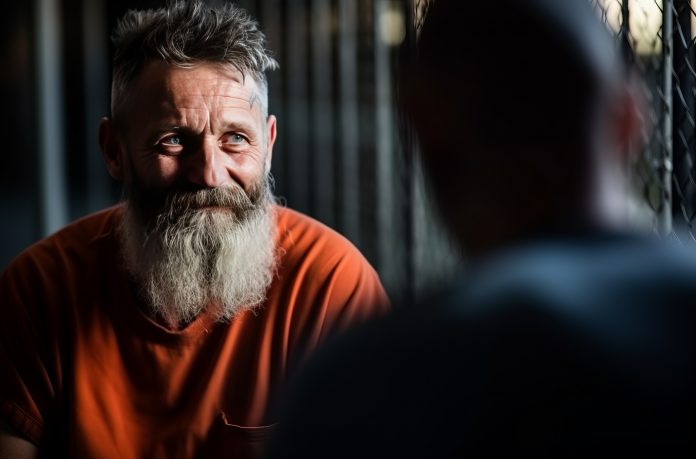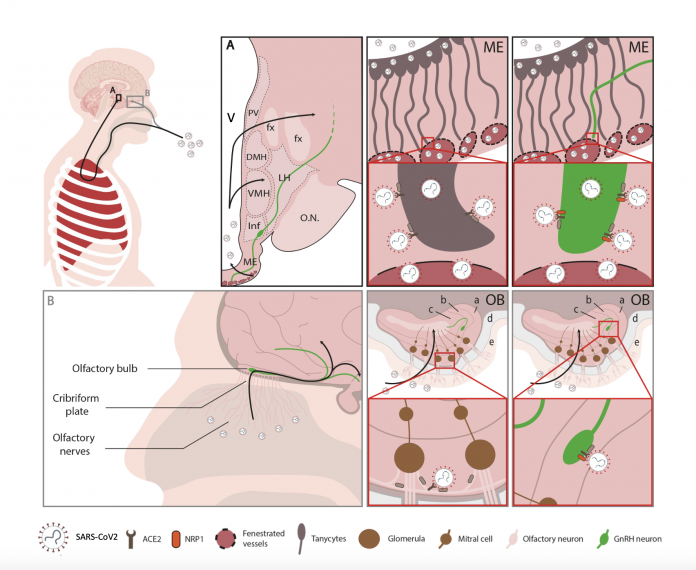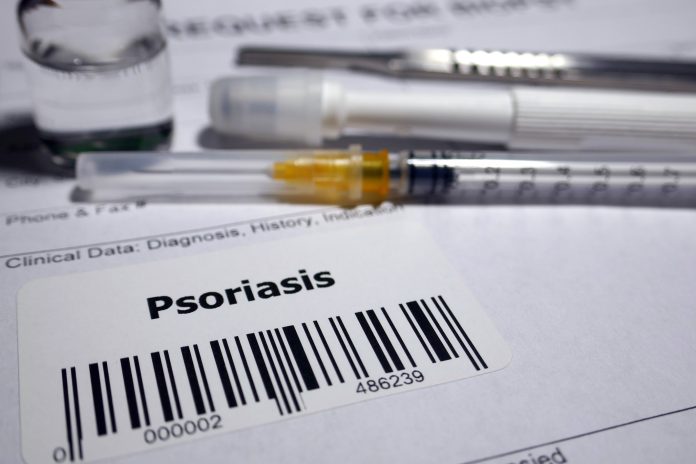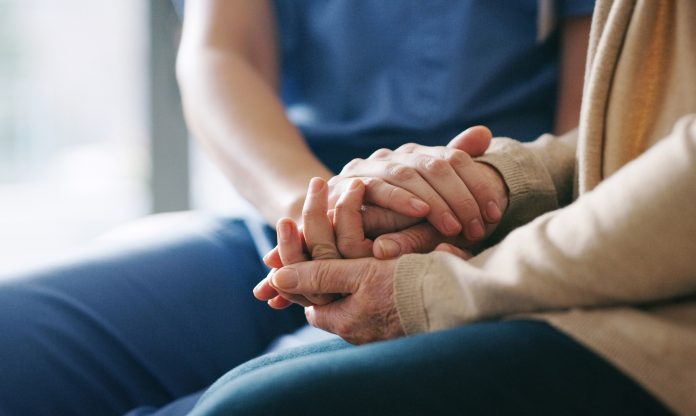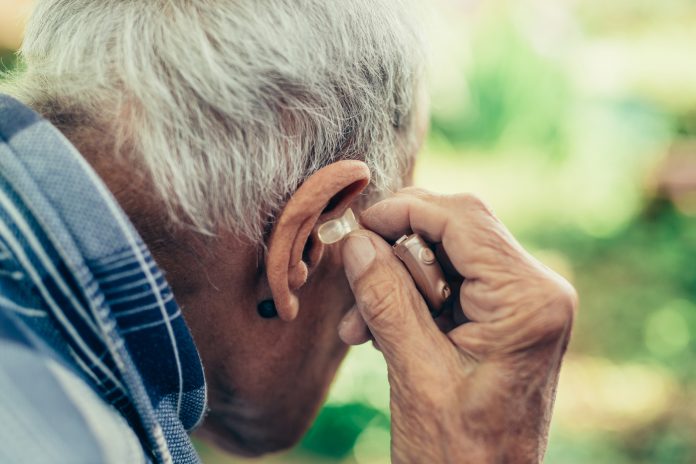Home Search
Stem cell gene therapy - search results
If you're not happy with the results, please do another search
Collaboration and Partnerships in Accelerating Cancer Drug Development
Lorna Rothery spoke to the Cancer Drug Development Forum’s Managing Director, Professor Jaap Verweij and Chairperson of the CDDF Board of Directors, Professor Ruth Plummer, about opportunities and challenges in oncology research and treatment.
Are over-the-counter drugs an under-appreciated toxic danger?
OTC drugs are not harmless. Understanding the effects and dangers of OCT abuse and misuse is key to public safety, here UC Davis explains
Medical abrasion phenomenon as a cause of knee osteoarthritis
Professor Shaw-Ruey Lyu from Tzu-Chi University tells us how the discovery of the medial abrasion phenomenon, as a cause of knee osteoarthritis, has changed how it is best treated.
Engineered endosymbionts as novel cancer therapeutics
Satyajit Hari Kulkarni and Christopher H. Contag from the Institute for Quantitative Health Science and Engineering focus on engineered endosymbionts, which they argue is a paradigm shift in anticancer bacteriotherapy toward killing tumors from the inside out.
AI unlocks cancer treatment secrets
Using artificial intelligence, scientists have tackled one of the toughest challenges in cancer research.
Knee health promotion option: A comprehensive management for knee osteoarthritis
Knee pain and knee osteoarthritis degrade the quality of life of sufferers. Drawing from our clinical experience and research, we have identified ‘hidden lesions’ of knee osteoarthritis (knee OA) and scrutinized the role of medial abrasion phenomenon (MAP) in the pathogenesis of knee OA.
How does our diet and lifestyle affect our hair growth?
According to hair stylists, 68% of women are unhappy about their hair. How women feel about our hair correlates strongly with our feelings. The most common complaints are that our hair is 'too dry', 'it's falling out', or it 'grows too slowly'.
The European Revert Project: Assisting clinicians in patient treatment
Starting in January 2020, the European REVERT project is now in its final phase. The project blends predictive medicine and AI to enable clinicians to quickly and adequately treat patients.
Offender-led religious movements: Why we should have faith in prisoner-led reform
Byron R. Johnson and Sung Joon Jang, both from Baylor University and Pepperdine University, suggest that the solution to criminal justice reform could lie in the prisoner-led faith programmes, which provide positive, cost-efficient rehabilitation.
Unraveling the potential of antisense therapies to target neuropilin 1 in the fight against...
Secarna Pharmaceuticals, the next-generation antisense drug discovery and development company, is developing novel approaches to successfully target Neuropilin 1 (NRP1), a promising target for the treatment of cancer.
Breaking the stigma: Men’s mental health matters
Dr Deborah Lee from Dr Fox Online Pharmacy discusses men’s mental health, including common barriers to seeking help and the measures needed to improve overall awareness and support.
Secarna aims to expand the therapeutic toolbox against cancer
Current oncology treatments have significantly improved cancer survival rates, but more effective and safer therapeutics are needed.
Brain infection by SARS-CoV-2: Lifelong consequences
The WATCH team, founded to elucidate the role played by specialized brain cells called tanycytes in various physiological processes, has been investigating how and where the SARS-CoV-2 virus infects the brain, and some long-term consequences of this neuro-invasion.
Understanding psoriasis: Symptoms, causes, and treatments
Psoriasis is a chronic immune-mediated inflammatory disease that can impact sufferers’ mental and physical health. We discuss the complexity of the condition as well as the emergence of effective treatments with the national UK charity The Psoriasis Association.
Addressing ageism in healthcare through gerontological nursing
Sherry Dahlke, Associate Professor at the Faculty of Nursing, University of Alberta, discusses the impact of ageism in healthcare and why gerontological nursing education is vital for improving awareness and patient care.
Understanding T lymphocytes inner workings to harness therapeutic potential
Leslie J. Berg, PhD from the University of Colorado, Anschutz School of Medicine, sheds light on understanding the inner workings of T lymphocytes to harness their therapeutic potential.
Hearing loss: Ageing and noise exposure are the two major causes
Dr Tracey Pollard from RNID, the charity which supports the 12 million people in the UK who are deaf, have hearing loss or tinnitus, talks us through the causes and impact of hearing loss and how RNID is working to improve research and related treatments in this field.
Overcoming the ongoing challenges for rare disease patients in the UK
Gillian Molloy, Director of Market Access at AscellaHealth, examines the rare disease landscape in the UK, including progress in improving patient care and challenges in diagnostics and the development of new treatments.
Understanding osteoarthritis: Causes, symptoms, and treatment options
With ten million people in the UK alone suffering from osteoarthritis, Dr Deborah Lee explains the prevalence of the condition, the common risk factors, and preventative measures.
The future of healthcare: Exploring the benefits of virtual wards
The Health Tech Alliance explains the importance of digital and technological innovations, particularly virtual wards, in supporting NHS healthcare providers.




